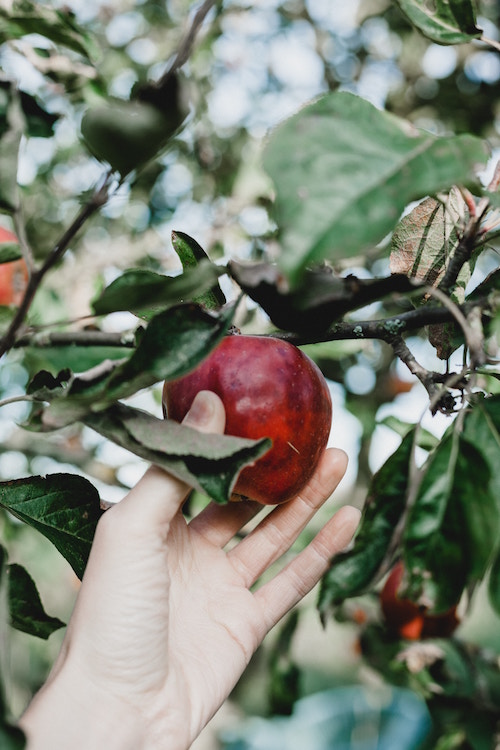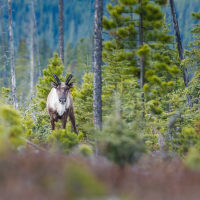Blog by Joanna Chin, Doctoral Student, York University-Environmental Studies
 Food Forests or Forest Gardens are independent of any sort of human intervention and are abundant with many forms of life and biodiversity. No digging, mowing, spraying, or weeding is required. However, they are not ‘natural’ ecosystems. They are high intensity, low maintenance production systems based on the architecture of biodiverse plant and animal communities. Because Food Forests are multi-layered self-sustaining ecosystems that mimic woodland ecosystems, they are incredibly biodiverse and productive. Each component of the system enters a mutually beneficial relationship that is more than the sum of its parts.
Food Forests or Forest Gardens are independent of any sort of human intervention and are abundant with many forms of life and biodiversity. No digging, mowing, spraying, or weeding is required. However, they are not ‘natural’ ecosystems. They are high intensity, low maintenance production systems based on the architecture of biodiverse plant and animal communities. Because Food Forests are multi-layered self-sustaining ecosystems that mimic woodland ecosystems, they are incredibly biodiverse and productive. Each component of the system enters a mutually beneficial relationship that is more than the sum of its parts.
So, what if we could translate the concept of forest ecosystems into a landscape that is completely edible? Food Forests are actually one of the oldest forms of land use. They existed in prehistoric times and in diverse climates in many countries around the world. The pet kot or orchard gardens on the Yucatan Peninsula, the Chagga gardens built on the slopes of Mount Kilimanjaro in Tanzania, or the polyculture gardens in Kerala of South India are just some examples of thriving Food Forests.
Stay tuned for my next post in this special blog series exploring Food Forests.
Photo of Robert Hart's forest garden by Graham Burnett. Image via Wikimedia Commons under GNU Free Documentation License
- Log in to post comments



CRC Comments